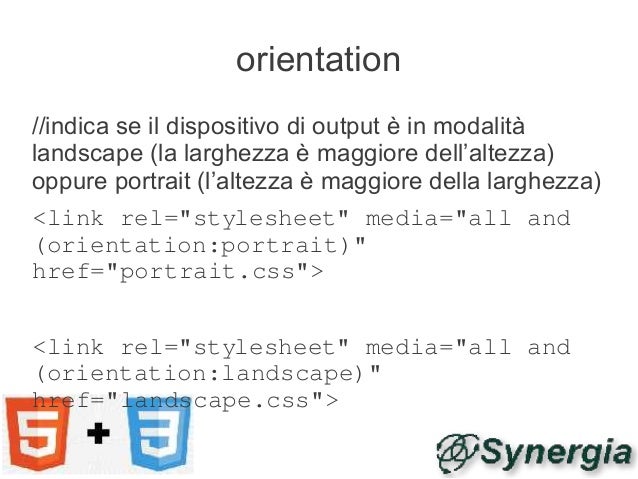

- #RESPONSIVELY SIZE MODIFY IMAGE IN HTML HOW TO#
- #RESPONSIVELY SIZE MODIFY IMAGE IN HTML CODE#
- #RESPONSIVELY SIZE MODIFY IMAGE IN HTML DOWNLOAD#

So yes, use the width (and the height) attribute. However, if both are specified, the browser can do some math to figure it out: display_height = img_height × ( display_width ÷ img_width )ĭoing this will stop that annoying jump that happens when a freshly loaded images suddenly takes up space in the document and shoves all the content down, causing the user to lose their place on the page. Each rule consists of a media condition followed by the.
#RESPONSIVELY SIZE MODIFY IMAGE IN HTML DOWNLOAD#
Until the browser is able to download the entire image, and check the file header for its size, how does the browser know how much height to allot for the image? In the absence of a width and height attribute, it doesn’t. The sizes attribute tells the browser at what size an image should be rendered under certain conditions. This ensures that the browser reserves the necessary space for the image and there’s no subsequent page reflow as the image is loading. Instead they respond to the browser zoom/type size settings, such as if you press Ctrl and + together on the keyboard while in the browser.

#RESPONSIVELY SIZE MODIFY IMAGE IN HTML CODE#
Consider the example above - the CSS width is set to 100% and the height is set to auto.It is not essential, but it will help the browser render your page faster and more cleanly, especially when combined with the height element. To make image responsive first we must add image to the web page using tag, then by using style sheet we can change the parameters of the image to make an image responsive in HTML.
#RESPONSIVELY SIZE MODIFY IMAGE IN HTML HOW TO#
Below that line it suggests ' Use the display style property with a value of block forresponsive images.: expected ‘inline’ to equal ‘block’. How to make an image responsive in HTML - Responsive images will automatically adjust to the size of the screen and to the tab size. Note: On most screens, the image would overflow the container if it was actually 1280 pixels wide. The sizes attribute requires a lot of work though: youd need to co-ordinate between your responsive CSS and the output HTML to set the right sizes for every. The element should responsively resize, relative to the width of its parent element, without exceeding its original size. You can also resize an image through CSS (cascading style sheets), as shown in the examples below. Otherwise, the image could become distorted and lose some image quality. When resizing an image, you need to maintain the aspect ratio. max-width: 100 and height: auto are applied to the illustration to ensure it sizes with the parent feature.


 0 kommentar(er)
0 kommentar(er)
